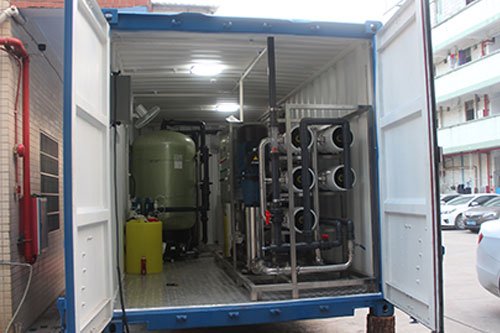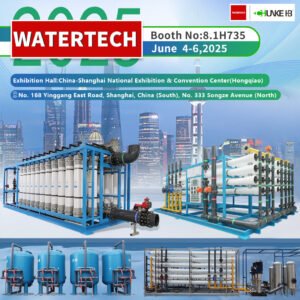Reverse Osmosis Water Treatment in Kenya
CHUNKE projects of Reverse Osmosis Water Treatment in Kenya including different types of water treatment systems.
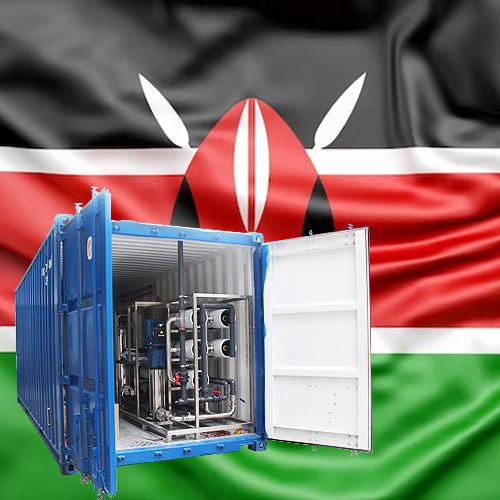
Kenya, officially the Republic of Kenya (Swahili: Jamhuri ya Kenya), is a country in East Africa. At 580,367 square kilometres (224,081 sq mi), Kenya is the world’s 48th largest country by area. With a population of more than 53.01 million in the 2023, Kenya is the 27th most populous country in the world. Kenya’s capital and largest city is Nairobi, while its oldest, currently second largest city, and first capital is the coastal city of Mombasa. Kisumu City is the third-largest city and also an inland port on Lake Victoria. Other important urban centres include Nakuru and Eldoret. As of 2020, Kenya is the third-largest economy in sub-Saharan Africa after Nigeria and South Africa.
Kenya is a presidential representative democratic republic, in which elected officials represent the people and the president is the head of state and government. Kenya is a member of the United Nations, Commonwealth of Nations, World Bank, International Monetary Fund, COMESA, International Criminal Court, as well as other international organisations.
Water Sources in Kenya
In 2019, renewable water resources per capita for Kenya was 583.9 cubic meters per year. Between 1970 and 2019, renewable water resources per capita of Kenya was declining at a moderating rate to shrink from 2,716.5 cubic meters per year in 1970 to 583.9 cubic meters per year in 2019.
In 2020, total area equipped for irrigation for Kenya was 151 thousand hectares. Total area equipped for irrigation of Kenya increased from 32 thousand hectares in 1971 to 151 thousand hectares in 2020 growing at an average annual rate of 3.29%.
- Renewable surface water: 30.2 billion cubic meters per year
- Renewable groundwater: 3.5 billion cubic meters per year
- Renewable water resources: 30.7 billion cubic meters per year
- Irrigated Land: 151.000 hectares
Meanwhile, CHUNKE provides wide range of filtration and economical solutions based on the Kenya’s water resources and our water treatment in Kenya becomes more popular.
Kenya’s main water resources are:
- Surface water is water from river, lake which can be treated using different methods, such as Ultrafiltration Systems, Brackish Water RO accordingly.
- Desalination can be used for water from ocean, or sea source, which can be treated using Sea Water Reverse Osmosis Systems; Desalination Systems
- Ground Water or brackish water is from water located in the pore space of soil and rock “Borehole well”, which can be treated using Reverse Osmosis Systems, Borehole Water Filtration Systems, Well Water Filtration Systems, Chemical Dosing, UV Water Sterilizer accordingly.
- Government water supply, which could have high level of hardness or high level of chlorine, can be treated with Water Softener System, Media Water Filters.
Kenya’s natural renewable water resources mainly rely on little and fragile catchments covered by the montane forests in the country’s highland areas with a humid climate. The main five water towers in the country include Mt. Elgon, Cherangani Hills, Mau Forest Complex, Aberdare Ranges and Mt. Kenya. However, they are the main sources of many rivers in Kenya, feeding into major lakes, including Lake Victoria, Lake Nakuru, Lake Naivasha, Lake Baringo, Lake Natron, and Lake Turkana [12].
Water Challenges & Shortages in Kenya
Water management is a major challenge in Kenya across the decades. However, water scarcity has led to poor sanitation and poor hygiene collectively posing substantial health risks, particularly in low-income regions and eventually contributing to the emergence of some diseases. Water shortage in Kenya is largely pronounced in rural areas and largely in the Arid and Semi-Arid Lands (ASALs) which has led to the strain on women and children having the task of searching for water especially for domestic use. Water shortage has caused children to be more vulnerable by affecting their education life whereby in some regions, children miss out from attending school in search of water. Children living in low-income areas and especially in informal settlements are vulnerable; hence resulting to morbidity and mortality in children due to diarrhea and consumption of unsafe water. Reports done by the Disease Control Priority Project shows that 90% of the deaths can be avoided through improved sanitation, hygiene and water supply.
Water Treatment Solution in Kenya
Future prospects are important for the type of solutions that would be appropriate in solving water scarcity issues in Kenya. Different techniques have been used to solve the issue of water scarcity. Water recycling and reuse are some of the reliable techniques which have been recognized as adaptive solutions to water scarcity, considering water reuse has the concept of a circular economy. However, the adoption of advanced technological solutions and practices that improve water use efficiency by users should be a primary goal for water management to reduce water loss, support the sustainability of water resources, and increase the economic profitability of water.
Meanwhile, CHUNKE designs and produces water treatment systems that meet the World Health Organization requirements. So, our water treatment in Kenya is suitable for drinking.
CHUNKE has over 15 years of experience as a global provider of B2B water treatment solutions for a variety of applications and industries, we offer a large selection of all types of reverse osmosis, ultrafiltration, electrodeionization and water treatment systems to meet your industrial needs accordingly. CHUNKE’s extensive global experience in engineering and manufacturing allows us to pre-engineer and customize water treatment and reverse osmosis systems to meet a wide range of customer requirements and specifications.
CHUNKE Projects of Water Treatment in Kenya
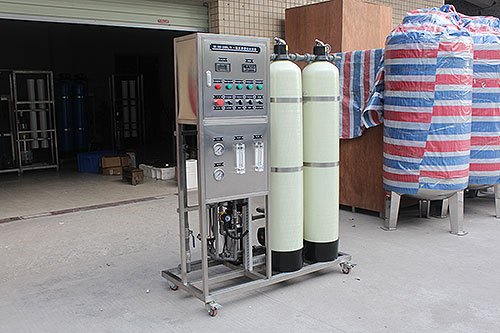
250LPH Reverse Osmosis System for Borehole

5000LPH Brackish Water Desalination System
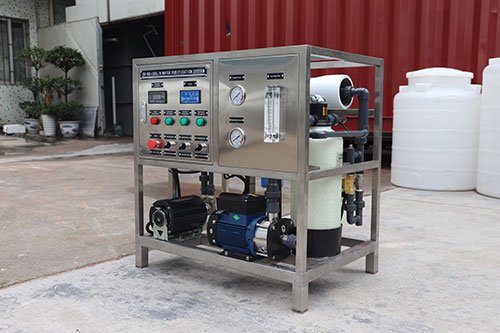
100LPH Reverse Osmosis System for Drinking
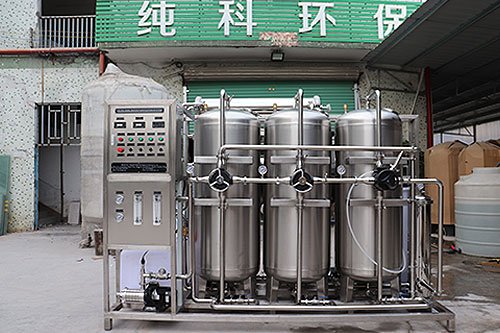
3000LPH RO Water Purifier for Hospital

10000LPH Reverse Osmosis Plant for Water Bottling
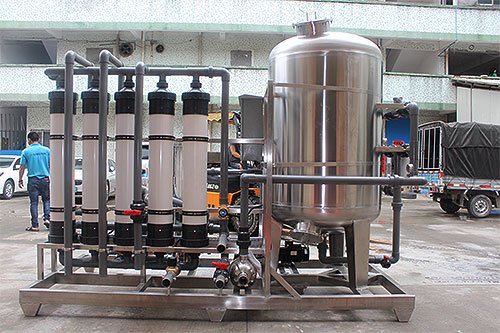
10000LPH Ultrafiltration System for River Water
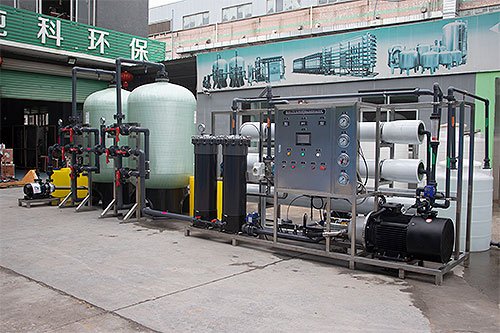
100TPD Seawater Desalination Ssystem - SWRO
